With a reputation for holding out the majority of weeds and pests, you’ll be happy to know Sir Walter turf isn’t just recognised for its luscious green looks. Due to its tight growth habit, a Sir Walter lawn is mostly pest and weed resistant, less prone to lawn problems compared to other varieties.
Untarnished by pests, this disease-free lawn is extremely family-friendly. With little chance of bindii encounters, you will feel relieved knowing your kids can run around barefoot without any issues.
Diseases
While it is sturdy and generally known for its minimal vulnerability to turf diseases, Sir Walter
can sometimes fall victim to lawn diseases.
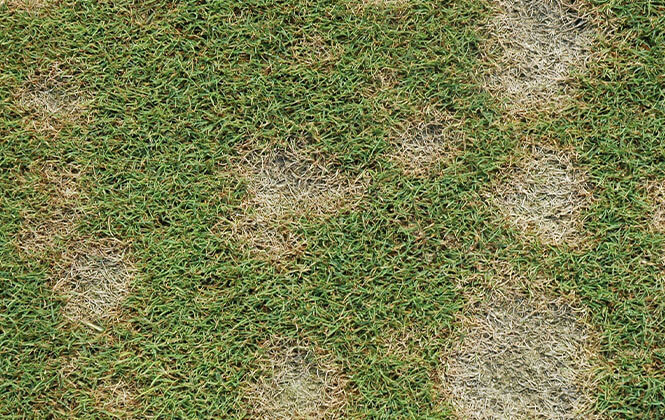
Dollar Spot
Dollar Spot is one of the most common lawn diseases to have an effect on Sir Walter grass. It is known to appear in between spring and autumn. Identified by its small spots of discoloured grass around one to four inches wide, using a fungicide in anticipation around early spring can help fight it off.
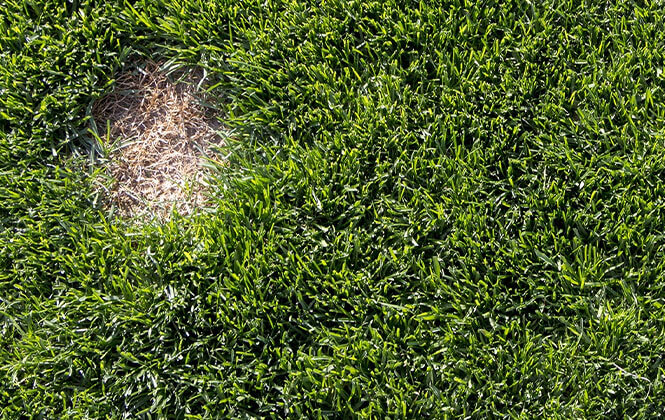
Brown Patch
A turf disease that is easily identified by its namesake, patches of brown or dead grass will appear. In order to prevent this disease from invading your Sir Walter, it is recommended you apply a slow-release fertiliser and aerate your soil. If you find this is already impacting your lawn, you will have to use fungicides to rid your lawn from this disease. Learn more about turf diseases.
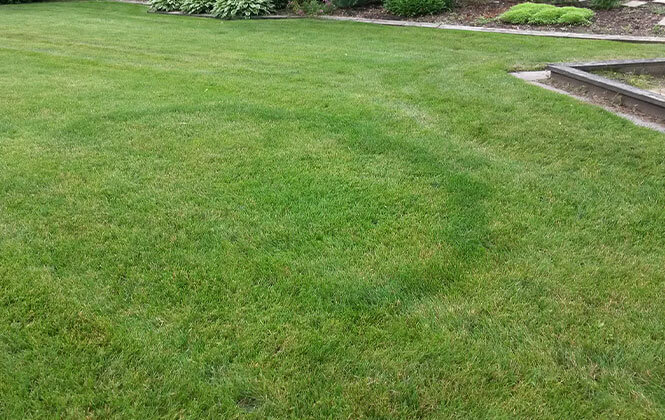
Fairy Ring
This turf disease is known to target Sir Walter during spring and autumn. Appearing as rings or semi circles of dark green leaves, dying grass can be seen within the area, sometimes accompanied by weeds or mushrooms. Using fertiliser can prevent this, with fungicide being used when it has arrived.
Pests
Though it’s known to be extremely pest-resistant, it is not impossible for the occasional pest to
make its way onto your Sir Walter lawn.
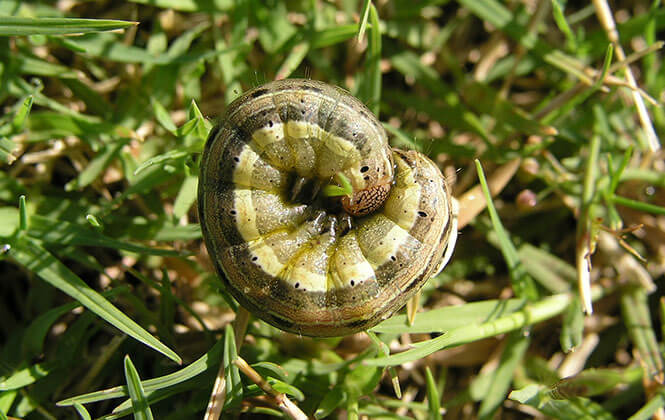
Army Worms
Common within the first four months of the year, Army Worms can create a decent amount of damage to your Sir Walter lawn. Symptoms of this pest include patches of leaves chewed up in your grass and green worm poop. We recommend immediately treating your lawn with a Sir Walter-appropriate insecticide.
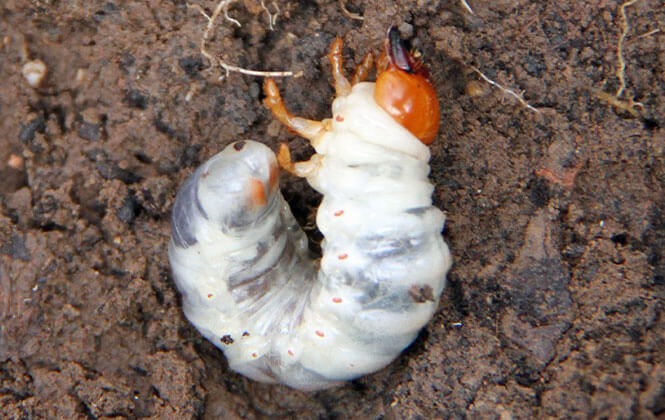
Lawn Grubs and Beetles
During the active months between October to March, lawn grubs and beetles can often appear in Sir Walter lawns. Identified through brown patches and an increase in bird and moth activity, these pests can be defeated through Sir Walter-approved pest treatments.
MAKE SURE IT'S DNA CERTIFIED SIR WALTER
When you order from J&B Buffalo Turf Supplies, you are buying from a credited supplier who provides top of the line turf that is backed by extensive research and world-leading turf farmers. Striving to always achieve 100% customer satisfaction, we can guarantee you will receive quality turf.

Sir Walter DNA Certified
The DNA Certified stamp ensures it is the genuine Sir Walter turf variety.

Genetic Assured Purity
Being AusGAP certified guarantees our turf is genuine in genetic purity.

Accredited Turf Grower
An accredited Lawn Solutions Australia supplier, we only provide quality turf.

Ten-Year Product Warranty
Our turf comes with a ten-year product warranty ensuring peace of mind.
Buy Sir Walter Turf Now
Ready to give your lawn a whole new look? Order the amount you need and you’ll have fresh Sir Walter lawn in no time.
Order Online
Interested buying Sir Walter DNA Certified Turf grass?



